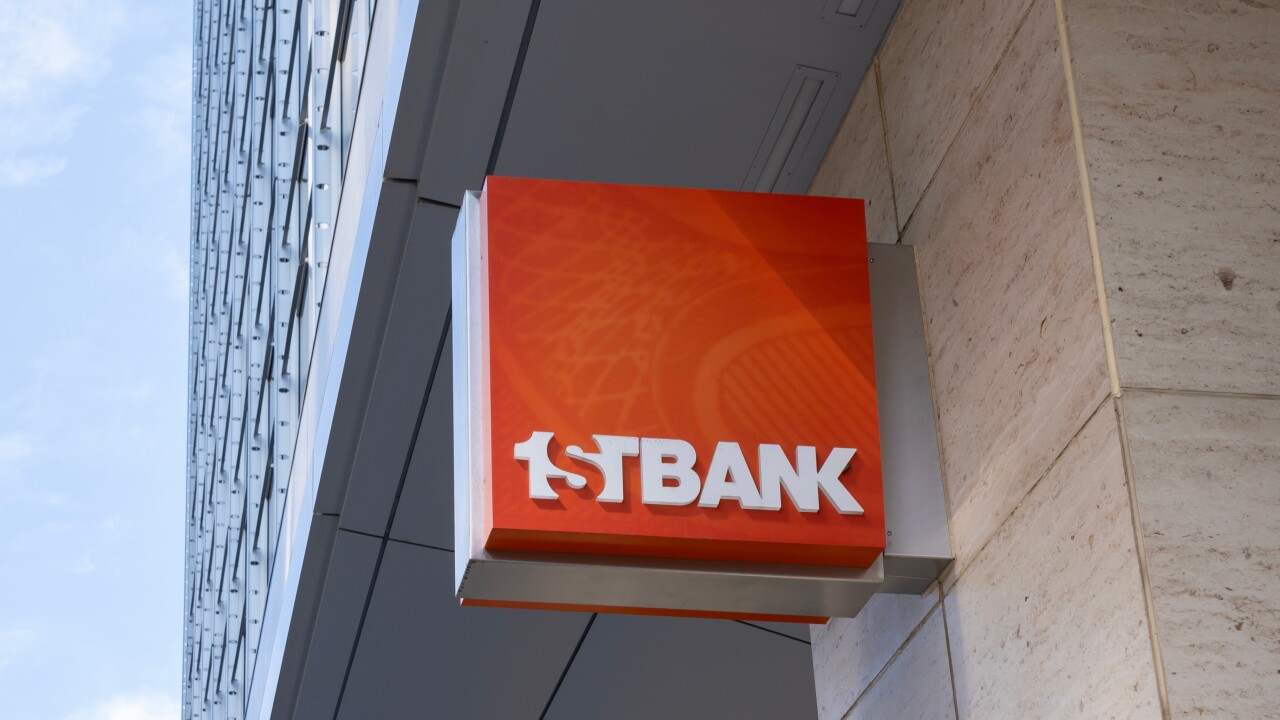Consumers in China are making more purchases online than in-store, prompting the country's retailers to support payment options that are normally associated with e-commerce.
Online purchases now account for 76% of all sales in China, compared with 68% in India, according to a CBRE's
As a result, one of the hottest retail trends in China today is online-to-offline, where merchants try and entice virtual shoppers to get physical. This week, for example, fast food chain KFC China announced a deal with Alipay, the payments affiliate of Alibaba, to allow patrons to pay for their meals digitally with Alipay and then pick the food up in person.
What makes this move even more significant is that this is not a case of mobile being added to plastic payment options. Until the Alipay deal, all KFC China stores accepted only cash.
Although KFC China is China's largest food delivery retailer with
Alipay is making major strides to lock in payments throughout China, as hints of negotiations between
That means that the attraction rests on increased traffic and revenue. With many retailersincluding Walmart and Carrefourthe goal is to steal enough purchases from the Web to make the addition of Alipay worthwhile. With KFC, though, the goal is solely to increase foot traffic and orders as food can hardly be experienced virtually.
The move also combats the challenge with cash-on-delivery (COD), which is common in China and especially India. Retailers must contend with a high number of rejected ordersor the customer simply not answering the door when the food or merchandise is delivered. By adding a mobile mechanism that supports pre-payments, retailers have a much better chance of getting paid, reducing the risk in the food delivery model.
Yum! Brands (which owns KFC) and Alipay did not respond to interview requests by deadline.





